"70% of patients with chronic orthopaedic diseases do not need medication and surgery, and can achieve recovery through proper exercise and physical therapy."
We summarize the skeletal diseases that everyone is susceptible to in daily life, and launch one or two small self-exercise actions for each disease type, so that everyone can treat orthopedic diseases at home.
1, neck and shoulder pain
Symptom description: neck and shoulder pain, stiffness, increased after sedentary.
Self-treatment: Close the jaw, try to close the lower jaw to the cervical vertebrae, and look straight ahead. The chest is opened with both hands, the elbow joint is pressed down, and the shoulder blade is tightened toward the middle. Each time you stick to 10 seconds, do 5 times every 2 hours.

2, back pain, sciatica
Symptom description: backache, leg pain, leg numbness.
Self-treatment: It is recommended to stay in bed when the pain symptoms are obvious. After the pain symptoms are alleviated, you can practice five points (head, elbow, and five feet to form five points) support, exercise the back muscle strength, and prevent lumbar spondylosis.

Five-point support
Lying flat, flexing your elbows and bending your knees, with the back of your head, the elbows, and the bottom of your feet, lift your buttocks and lower back from the bed, slowly lift to the top, hold for 5 seconds, then slowly lower, rest 5 In seconds, this completes a five-point support.
For patients who are just starting to practice, it is not necessary to specify a specific amount. It takes a long time, preferably three times a day, three times a day, 30 times a day. As long as you persist, your lumbar disease will be greatly improved.
3, knee pain
Symptom description: Up and down the stairs, kneeling knee pain.
Self-healing: Quiet exercise, a bit like a horse, but not exactly the same.
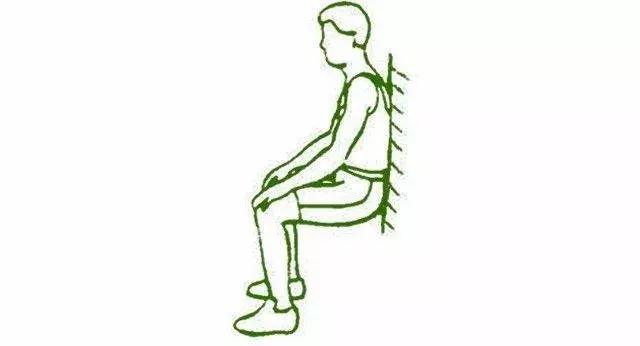
Stand against the wall, raise your head and keep your body upright. Keep your feet apart and shoulder-width apart. The toes are forward. Do not "outside the eight characters" or "inside eight characters" and distribute the weight equally on the two legs.
note
The legs gradually squat, reaching the position where the pain is felt, and then a little higher, that is, finding an angle that is just not painful. If it doesn't hurt, it's best to get 90 degrees. Then adjust the position of the foot. When you look down, let your knees block your toes. Don't let your toes over your knees. The goal is to force the quadriceps (the muscles in front of the thigh) to be mainly stressed.
At this time, the quadriceps, especially near the knee joint, will feel very difficult. If you hold on for a while, you will feel the feeling of muscle congestion and burning, then it will be sore and swollen, then you will be tired and trembling, and then It was too tired to stand up. When you reach this state, then slowly stand up and complete a quiet exercise.
This action can effectively exercise our quads, and after the strength of the quadriceps, the chance of our knee pain will be greatly reduced.
4, frozen shoulder
Symptom description: shoulder pain, limited mobility, especially uplift.
Self treatment:
Move one:
The upper arm and the thorax are tightly attached, and a wooden stick is held in both hands. The palm of the diseased side is pushed by the healthy palm through the wooden stick, so that the hand on the affected side drives the forearm to abduction. (After reaching the limit, hold on for 6 seconds, pay attention to the upper arm to be close to the thorax when doing this action)

Move 2:
Hands clenched fists in front of the body and slowly lifted overhead. (6 seconds after reaching the limit)
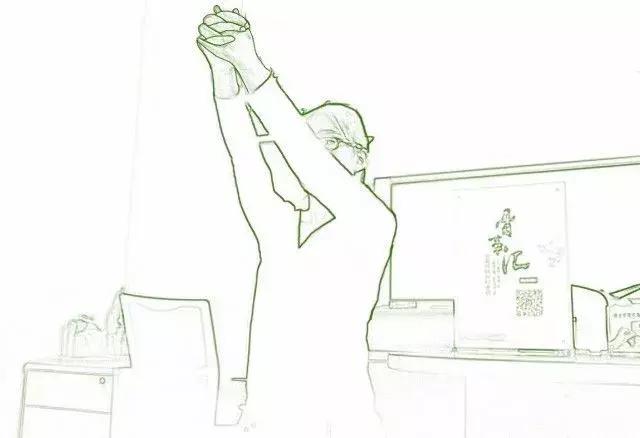
Move three:
Hold the elastic band (also replaced by a towel) on both sides of your hands, pay attention to the upper limbs that are sick, the healthy upper limbs, and then pull up the diseased upper limbs with healthy upper limbs. (6 seconds after reaching the limit)
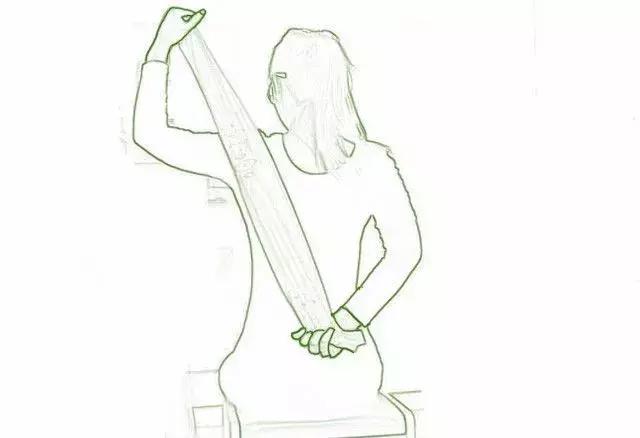
5, heel pain
Symptom description: mainly for heel pain, sometimes involving pain in the back of the calf. When you wake up in the morning, you don't dare to force or walk directly. When you sit up for a long time, the pain is aggravated, and the symptoms are relieved after a few steps.
Self treatment:
1. Find a slope (such as a diagonal brick or wooden board) with a low heel and a high toe standing, 20 minutes a day, for 4-6 weeks (as shown in Figure 1).

2, the front leg bow, hind leg stretch (heel does not leave the ground), adhere to 20 seconds after the exchange, 10 times for a group, at least 4 groups per day. Stick to 4-6 weeks.
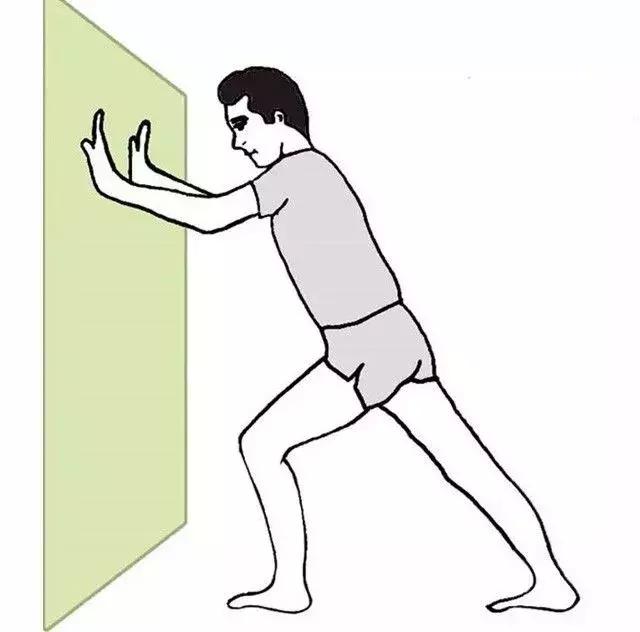
note
Both of these actions are to stretch a muscle called the gastrocnemius behind the calf. The effect is good, I will know if I try.
6, tennis elbow
Symptom Description: Feel the pain in the tip of the elbow when grasping or lifting something. You can't take things seriously, your hands can't hold things, lift pots, twist towels, and sweaters to make your pain worse.
Self-treatment: The upper limb of the disease is lifted and the elbow joint is straight. The wrist is drooped to the maximum, then the wrist is rotated internally, and the pressure is applied with a healthy hand to keep the movement for 10 seconds, thus completing a pulling training. 5 times a group, 3 groups a day. After a period of time, the effect will be very obvious.
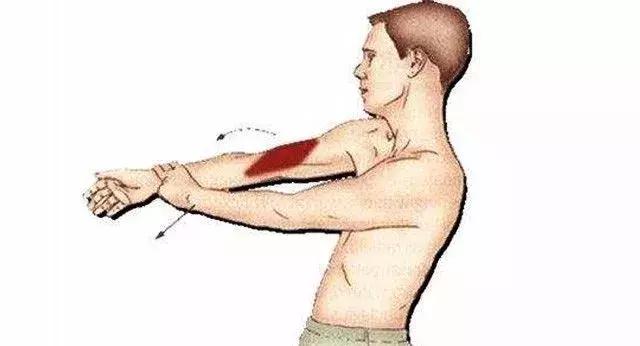
Massage action essentials:
Put the middle finger of the healthy hand on the index finger, and in the direction perpendicular to the muscle, find the most painful point and massage. When you feel a slight sourness, don't cause pain. Usually each massage lasts 5 minutes, twice a day. This kind of massage can effectively loosen the adhesion structure inside the tennis elbow, and the healing effect on the tennis elbow is also very good.
7, mother's hand (stenotic tenosynovitis)
Symptom description: Pain on the thumb side of the wrist (sacral styloid process) and around the thumb, hindered thumb movement, tenderness and friction in the styloid process of the humerus, sometimes a slight uplift of pea-sized nodules in the styloid process of the humerus .
Self-healing: The sick hand clenches the fist, and the healthy hand presses the sick hand down hard to help the wrist pull the tendon down. When it reaches a certain level, stick to 10 seconds and count it once. 5 counts are counted as one group, and three groups are performed in the morning, evening, and evening. This exercise can be very effective in the treatment and prevention of tenosynovitis.
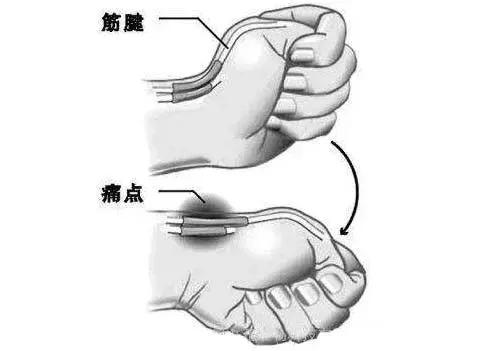
8, hallux valgus
Symptom Description: Hallux valgus deformity refers to the shift of the big toe to the lateral side of the first metatarsophalangeal joint.
Self-exercise mode:
Need tools: elastic rope, golf ball, towel
(1) The plantar fascia is relaxed
30-40 seconds 3 groups
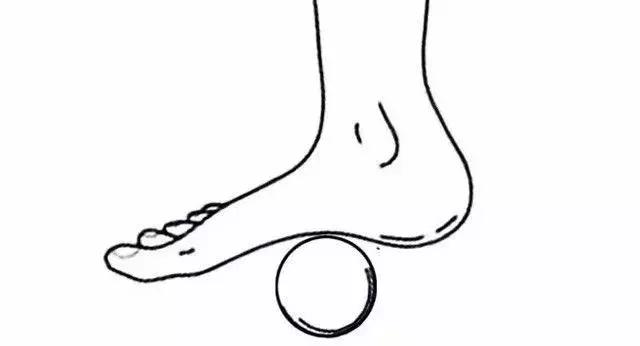
(2) Toe grab towel
Strengthen the thumb flexor 12-15 times 3 groups
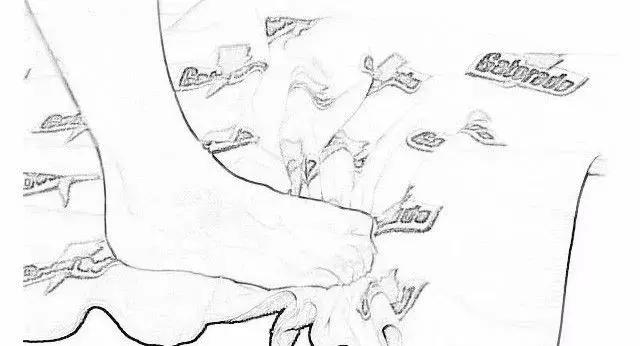
(3) Thumb abductor strengthening
12-15 times 3 groups
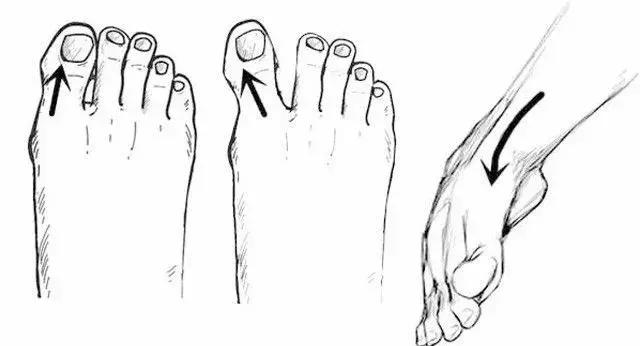
9. How should I exercise in the leg after fracture?
Many people think that the legs of the operation have to rest well, so they don't dare to move. In fact, this practice is wrong. Long-term inactivity can lead to atrophy of the leg muscles and increase the risk of venous thrombosis of the lower extremities. Therefore, after the operation, the quadriceps (muscle in front of the thigh), the hamstring (the muscle behind the thigh), and the gluteal muscle (the muscle on the buttocks) can be exercised under the condition of the condition. This type of exercise inactive joints is mainly exercised by tightening the muscles - relaxing or "pumping".
1, quadriceps isometric contraction exercise

The thighs are slightly raised, the calves are lifted up from the bed surface, and the muscles on the front side of the thighs feel tight, hold for 10 seconds, rest for 10 seconds, 30 times/hour.
2, hamstring muscle isometric contraction exercise
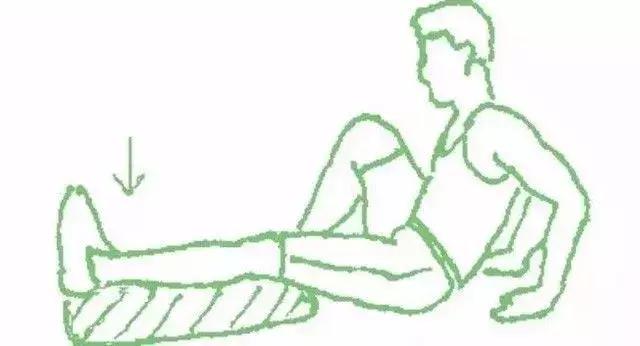
The knees are slightly bent, a thin pad on the back of the heel, and the heel is slowly pressed up and down to the thin pad. The muscles behind the thighs feel tight, hold for 10 seconds, rest for 10 seconds, 30 times/hour.
These two actions can be done after the end of the operation, the anesthesia feels disappeared, and the body has no other feeling of discomfort, you can do it, and you can move every 1-2 hours.
3, è¸ pump exercise
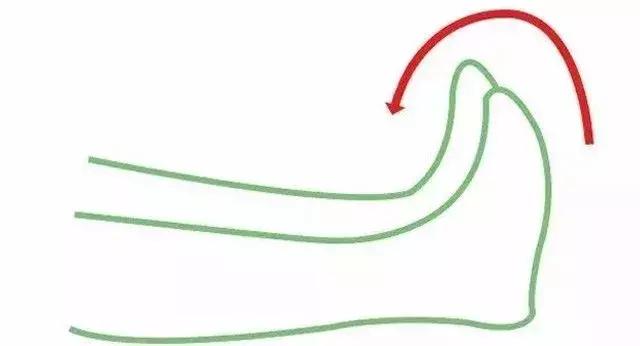
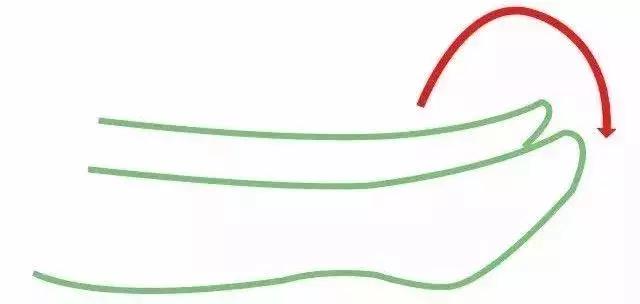

In the bed, the three strokes of the upward hook surface → the downward stretch surface → the rotation of the ankle are successively performed in succession, and the three movements are completed for one training, 20 to 30 times/hour. It is necessary to carry out the legs at the same time and slowly.
Indications: sputum pump exercise can be used after hip and knee joint replacement, postoperative femoral and tibial fractures, knee ligament injury repair, but if it is an ankle fracture or ligament injury, early is not recommended This training requires the doctor to determine the specific exercise time based on the patient's recovery.
Real Leather Steering Wheel,Artificial Leather Steering Wheel,Real Leather Car Steering Wheel,100% Real Leather Steering Wheel
Ruian Jia Beir Auto Parts Co.,Ltd. , https://www.jbrseat.com